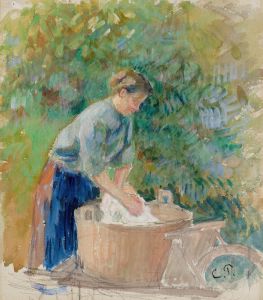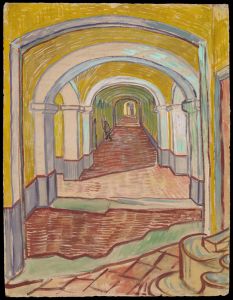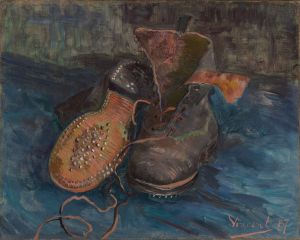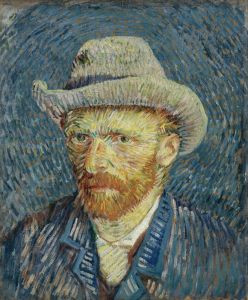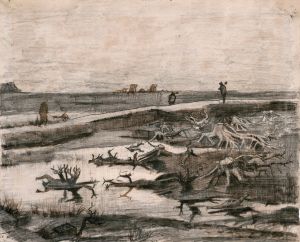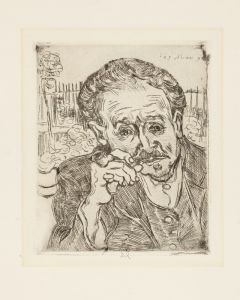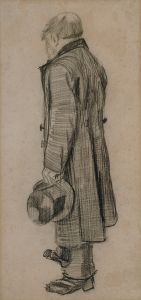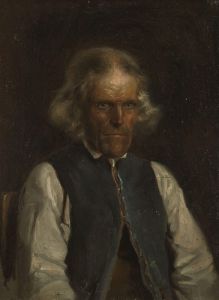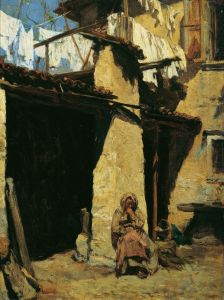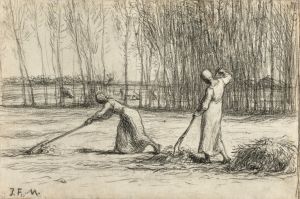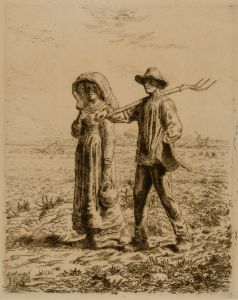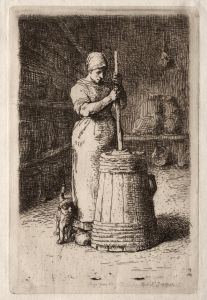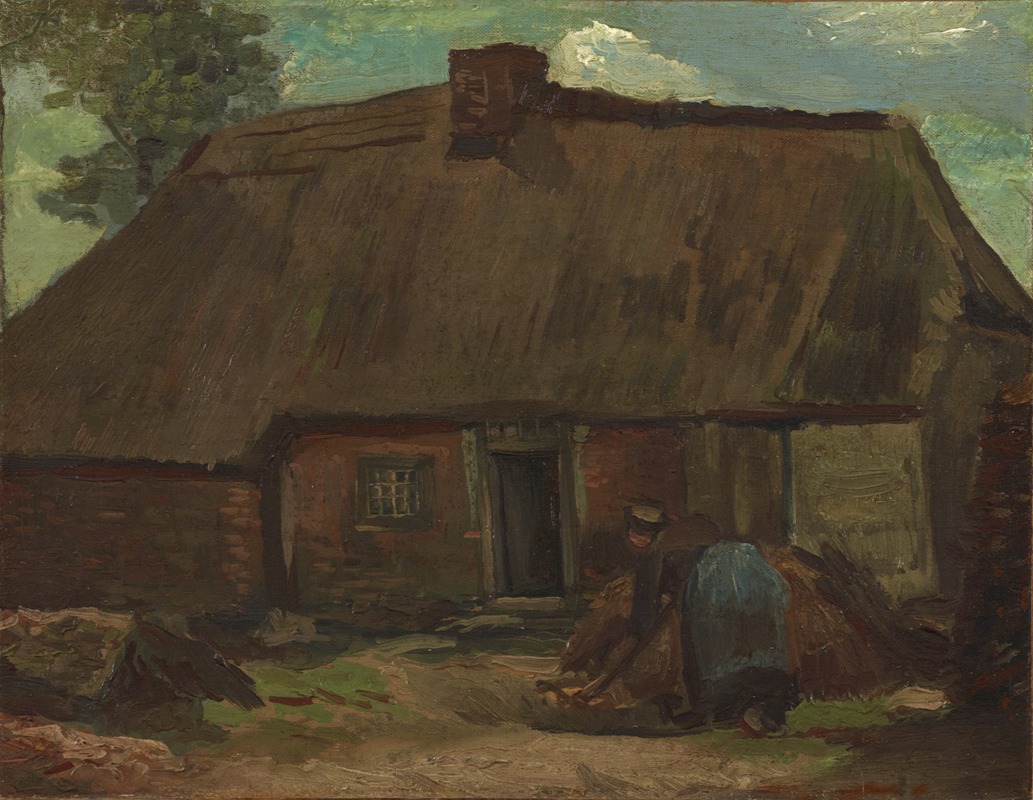
Cottage with Peasant Woman Digging
A hand-painted replica of Vincent van Gogh’s masterpiece Cottage with Peasant Woman Digging, meticulously crafted by professional artists to capture the true essence of the original. Each piece is created with museum-quality canvas and rare mineral pigments, carefully painted by experienced artists with delicate brushstrokes and rich, layered colors to perfectly recreate the texture of the original artwork. Unlike machine-printed reproductions, this hand-painted version brings the painting to life, infused with the artist’s emotions and skill in every stroke. Whether for personal collection or home decoration, it instantly elevates the artistic atmosphere of any space.
Cottage with Peasant Woman Digging is a painting by the Dutch Post-Impressionist artist Vincent van Gogh. This artwork was created in 1885 during Van Gogh's time in Nuenen, a village in the southern Netherlands where he lived from 1883 to 1885. The painting reflects Van Gogh's early artistic focus on rural life and the struggles of the working class, themes that were central to his work during this period.
The painting depicts a modest rural cottage with a peasant woman engaged in the act of digging in the foreground. The earthy tones and muted palette used in the artwork are characteristic of Van Gogh's Nuenen period, during which he was heavily influenced by the Dutch Realist tradition, particularly the works of artists like Jean-François Millet. Millet's depictions of peasant life resonated deeply with Van Gogh, inspiring him to explore similar themes in his own work.
Van Gogh's time in Nuenen was marked by his close observation of the lives of peasants and laborers, whom he admired for their connection to the land and their hard work. This admiration is evident in Cottage with Peasant Woman Digging, where the simplicity of the scene and the focus on the figure's labor emphasize the dignity and resilience of rural life. The painting also reflects Van Gogh's interest in capturing the harsh realities of peasant existence, rather than idealizing it.
During this period, Van Gogh was experimenting with composition and technique, striving to develop his own artistic voice. The brushwork in Cottage with Peasant Woman Digging is deliberate and textured, conveying a sense of physicality and weight. The subdued color scheme, dominated by browns, greens, and grays, enhances the somber mood of the piece and underscores the hardships faced by the rural poor.
This painting is part of a broader body of work that Van Gogh produced in Nuenen, which includes studies of cottages, fields, and peasant figures. These works culminated in his first major painting, The Potato Eaters, completed in 1885. While Cottage with Peasant Woman Digging is less well-known than some of Van Gogh's later works, it provides valuable insight into his artistic development and his commitment to portraying the lives of ordinary people.
The current location of Cottage with Peasant Woman Digging is not widely documented, and it is unclear whether it resides in a public collection or remains in private hands.





